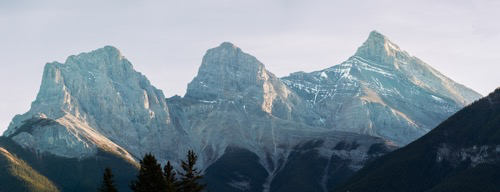An Award of Excellence
As I’ve mentioned in other posts, I joined the Camera Club of Ottawa in September and I’m really enjoying myself. The club meets every Tuesday and there’s usually a guest speaker, or workshop, or some sort of competition.
I’ve put a few images in the competitions since joining. I had my first honourable mention in November for one of my fireworks photos, which was a nice little ego boost. But the gold standard, an Award of Excellence, has so far eluded me.
Until tonight.
The most recent competition had two categories: Manipulated and Open. The Manipulated category was for people who had started with a photo (or several photos) and manipulated and combined the photo(s) to create a new work of art. The manipulated
submissions included some breathtaking images that some very talented and creative people put together.
I had four images in the Open category: one of a dried vine against a green bokeh background; one of a plant with tiny white flowers like Queen Anne’s Lace; a burnt log I spotted in Banff National Park when I was in Canmore in October; and a picture of the Three Sisters in Canmore.
The judge provided comments on the first three, but that was all. So, when my last photo appeared on the screen I’ll admit that I didn’t have high expectations.
And then the person introducing the photos before the judge made her comments said “This is an Award of Excellence”. I think my jaw may actually have dropped!
I put a lot of work (for me, see Me and Photoshop below) into getting this photo just right — possibly more use of Photoshop than almost any other I’ve put together.
I knew at the time that taking a picture of the Three Sisters was going to be a challenge and that it would be a candidate for a High Dynamic Range (HDR) photo. So, I took three photos that bracketed the correct exposure (-1 1/3 EV, 0, and +1 1/3 EV). Combining them in Lightroom gave me an image with the mountains and stuff in the foreground were reasonably exposed but a little flat. The sky, however, was over-exposed. There was information in the sky but unless I could adjust it, it was lost.
Fortunately, a presentation at the CCO meeting that evening gave me an idea of how to fix the sky. Working in Photoshop, I “grabbed” the sky with magic lasso tool and made a curves adjustment mask. This allowed me to restore some of the detail in the sky without affecting the mountains or foreground. I could have restored all of the detail in the sky, but the resulting image would have looked “wrong”. With a little playing, I found that the most pleasing and realistic image only needed a hint of the clouds.
Finally, to deal with the “flatness” I applied a contrast adjustment layer to the whole image that made the flatness go away.
Me and Photoshop
I’m a bit of a purist when it comes to photography: I try to get it right in the camera. That goes back to the days when I was shooting film and doing my own black & white printing. It was relatively straight forward to adjust the contrast using multigrade papers and filters in the enlarger, and you could dodge and burn sections of a photo when making a print, but that was about it. Other adjustments like you can make in Photoshop were either very complicated or impossible to do. And replicating the dodging and burning if you were making multiple prints could be a bit challenging because it was a very manual process.
So, whenever possible, you did as much as you could “in the camera” through composition, lighting, and occasionally filters, so that the resulting negative would produce a print like you had in mind.
Thus, when it has come to heavy post-processing in tools like Lightroom and Photoshop, I have tended to use them very sparingly and usually in ways comparable to what I could do in a traditional darkroom.
Tools like Photoshop offer so many amazing filters and other adjustments and let you manipulate photos in ways that were beyond most photographers. A recent presentation at the CCO on luminosity adjustments has me thinking about this more and I can see myself exploring them. But I think I will continue trying to do as much of it in camera, as possible.




 AKA Keeper of Maps, I'm a geocacher who lives in Ottawa, Canada.
AKA Keeper of Maps, I'm a geocacher who lives in Ottawa, Canada.
